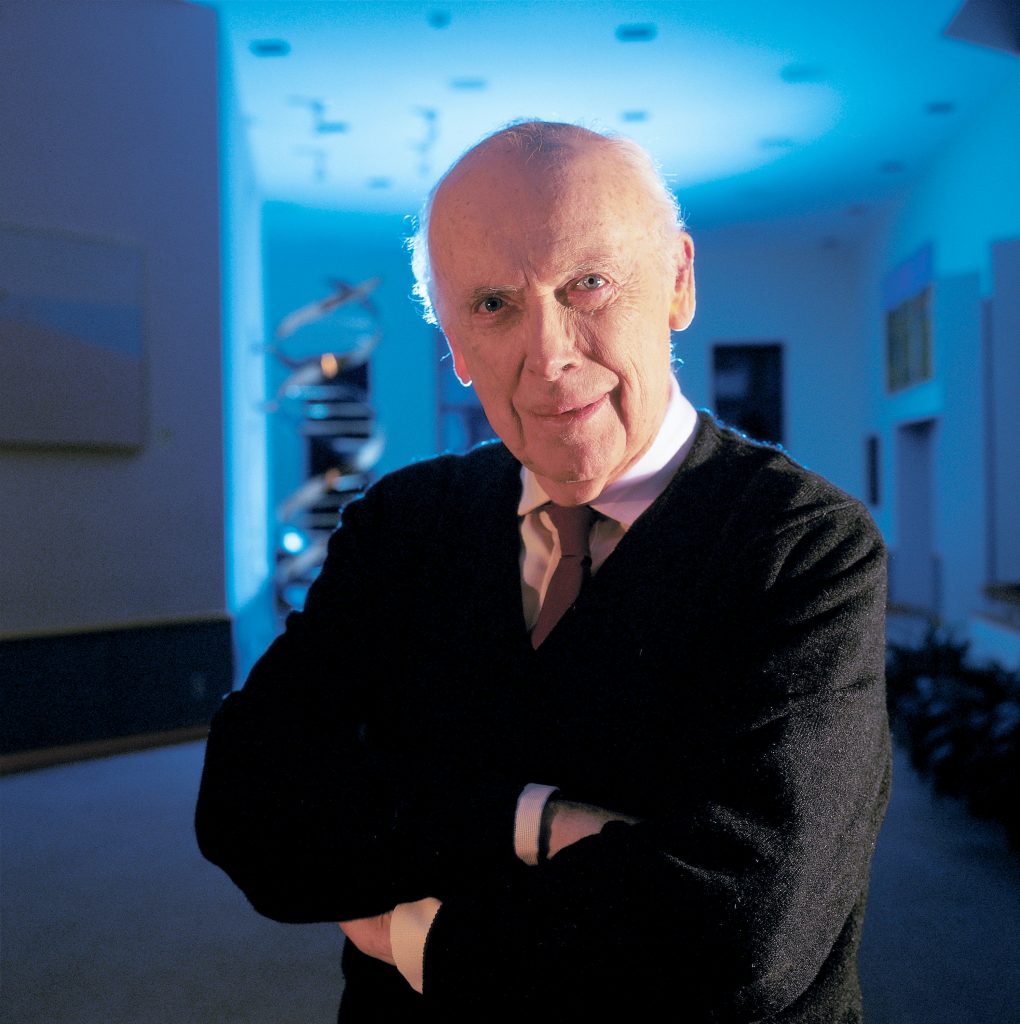
In 1953, an earnest and ambitious 25-year-old scientist nmaed James Watson made a groundbreaking discovery that helped revolutionize science, medicine, even the law.
Working alongside Francis Crick, Watson identified the double-helix structure of DNA.
That breakthrough earned Watson and Crick the Nobel Prize in medicine in 1962. Watson wrote a book explaining the double helix.
I met him in 2002, when he published another book, which he called “Genes, Girls, and Gamow.” That was a reference to George Gamow, a pioneering theoretical physicist who contributed to, and built on, Watson and crick’s work.
.
From the moment I met him, Watson won me over with his warmth, humanity, and roll sense of humor.
So here now, from 2002, James Watson.
James Watson celebrated his 93rd birthday last week. We’re not sure if you ever got an email account.
